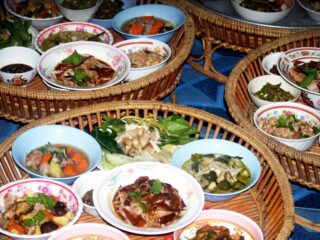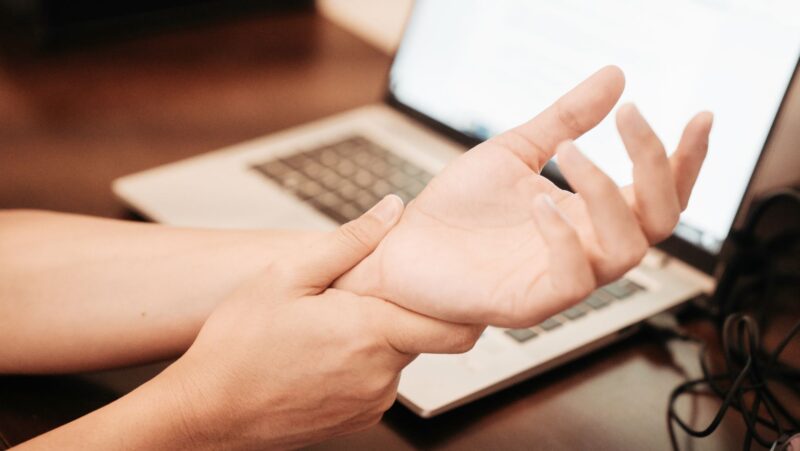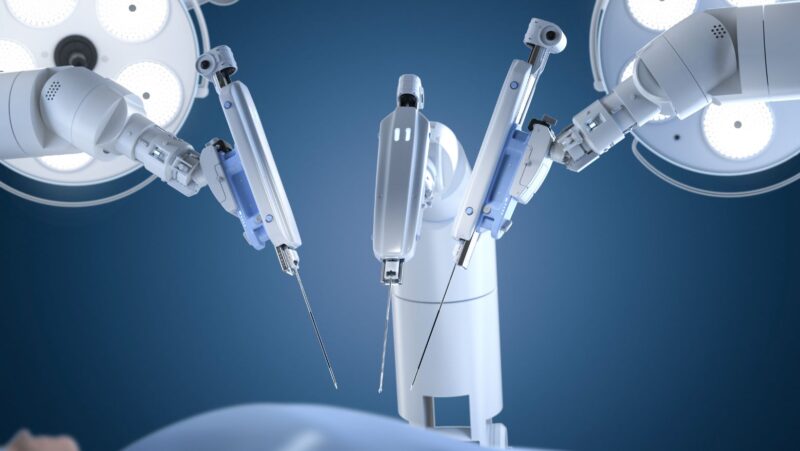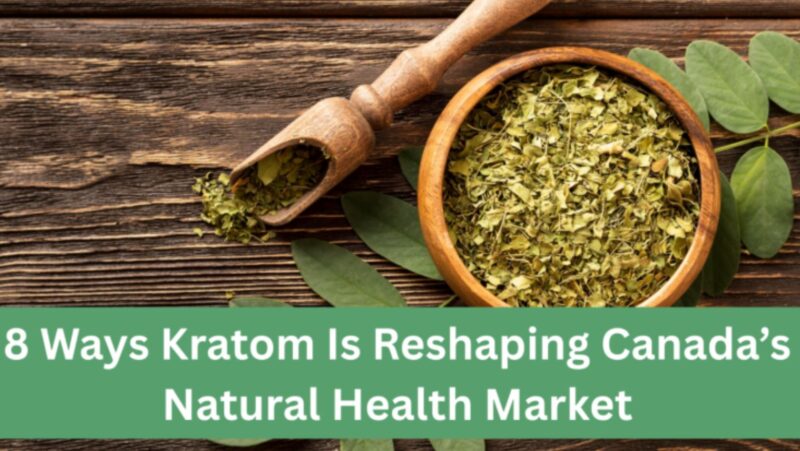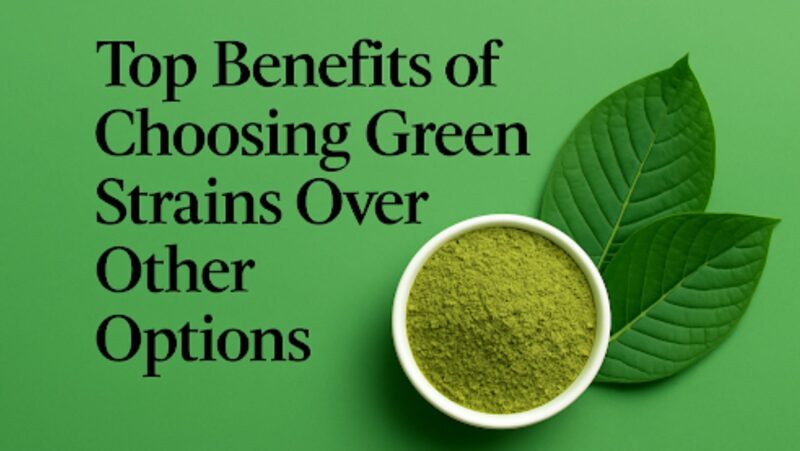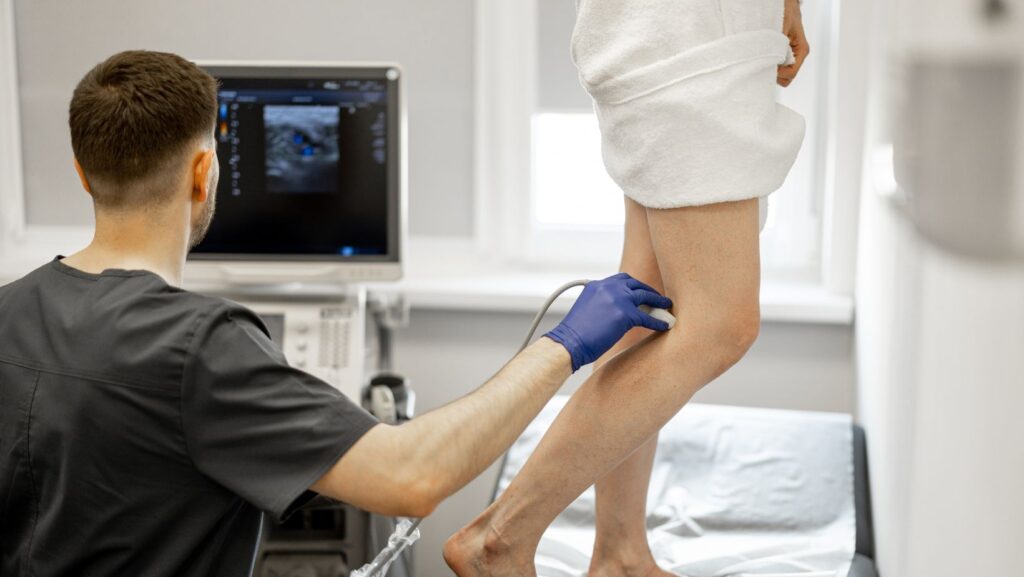
Spider veins, also known as telangiectasias, are small, dilated blood vessels that appear close to the skin’s surface. They can be red, blue, or purple, often found on the legs and face. Spider veins occur when the valves inside the veins weaken, causing blood to pool and the veins to bulge. Genetics, hormonal changes, prolonged standing or sitting, obesity, and age can influence this. To delve deeper into the causes, symptoms, and treatments of spider veins, refer to the detailed guide on Spider Veins: Causes, Symptoms, and Treatments.
Maintain a Healthy Weight
Preventing spider veins is possible, and one of the recommended methods is keeping your weight within a healthy range. Obesity also adds extra pressure to your veins, especially those of the lower limbs. These forces can make the veins thinner and put pressure on them, and as a result, spider veins are formed. Exercise and proper diet also aid in the regulation of weight, which decreases the stress on veins.
Stay Active and Avoid Prolonged Sitting or Standing
A follow-up study on the healthy veins revealed that physical exercise must be done continuously. It means improving blood flow and the muscles that hold the veins in place and support them. Regular exercises like walking, swimming, and cycling should also be incorporated into one’s program as they benefit vein health. Moreover, they should only remain seated or standing long after taking a break.
If your work involves sitting in one place for a long time, don’t sit all day; try to get up and walk around occasionally. It is possible to avoid their formation by doing simple exercises like calf raises, ankle flexes, and leg lifts that stimulate the blood flow in the calves so that the blood does not pool.
Wear Compression Stockings
Therefore, Compression stockings can be regarded as a practical preventative against spider veins, especially for people who are most vulnerable because of their work requirements or heredity. The principle of these stockings is to apply light pressure to your legs and help the veins and blood flow correctly. It is available in different levels of compression. Thus, it is best to talk to a vein specialist to determine the level of compression and type that would be suitable. If you want to prevent spider veins, wearing compression stockings is highly recommended; if you already have them, they will help ease the problem.
Elevate Your Legs
Raising your legs is also one of the best ways to enhance blood circulation and decrease the force exerted on the veins. Whenever feasible, especially after extended periods of standing or sitting, lie down and ensure that your legs are raised to a position above the heart level.
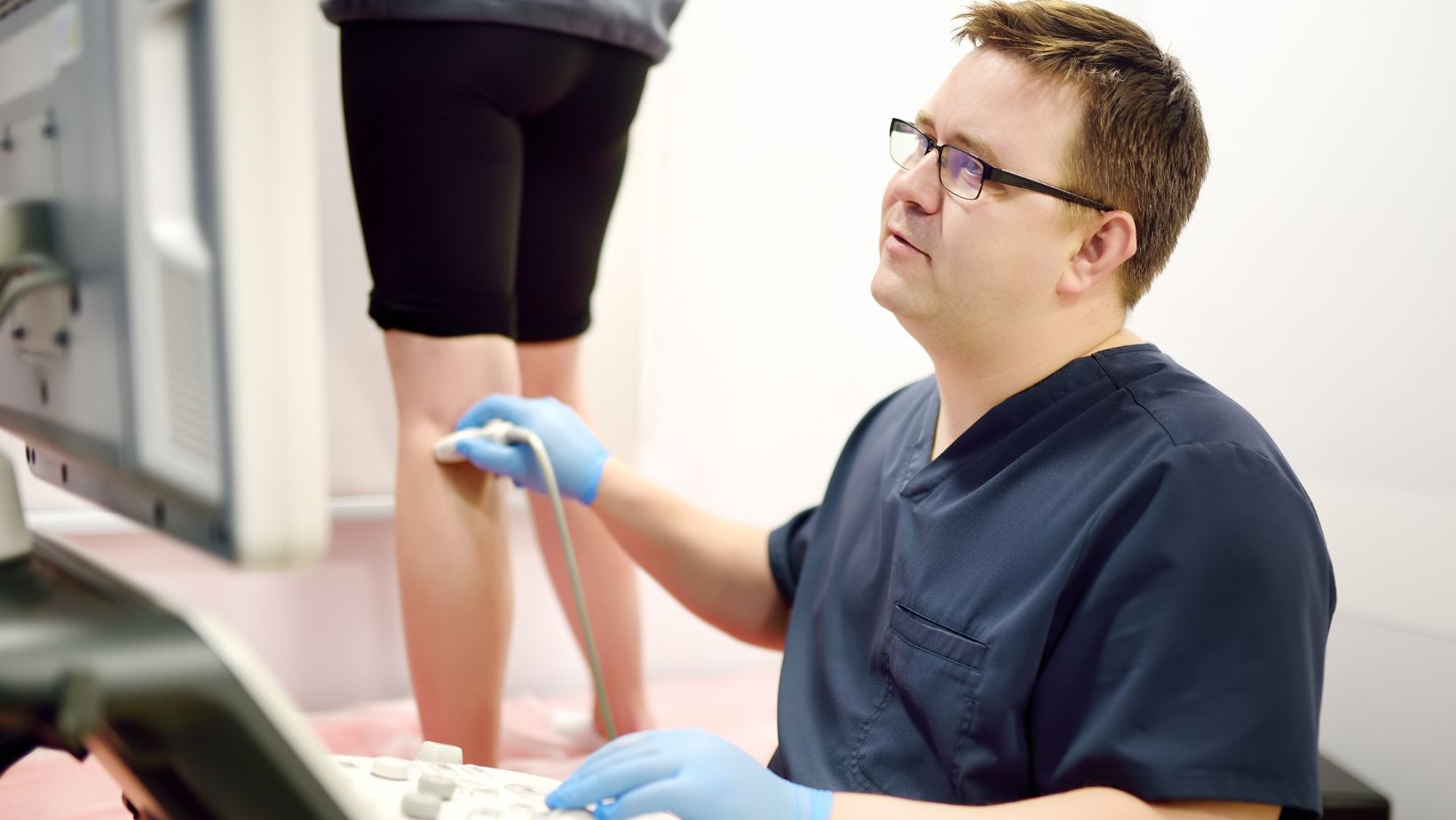
This position aids in pushing blood back to the heart and minimizes the possibility of pooling within your legs. When used during the day, leg elevation can be beneficial if there is a family history of vein problems.
Avoid Tight Clothing and High Heels
The wearing of tight clothes and high-heeled shoes can result in the formation of spider veins. Some constricting garments like tight belts around the belly, tight pants or leggings that hug your legs and thighs, or briefs that are too tight around the groin area can cause pressure on your veins and impede blood circulation. High heels, on the other hand, distort the natural walking gait of the woman, and since the calf muscles are important in pumping blood back to the heart, this puts much pressure on the heart to pump blood around the body. Choose comfortable flat shoes and loose clothes to avoid the formation of spider veins, or at least avoid wearing clothes that are tight on the legs.
Stay Hydrated and Eat a Balanced Diet
Hydration and proper nutrition are crucial to maintaining general health, as well as the health of the vessels. Water consumption is beneficial in keeping blood flow proper and blood from becoming too thick that it could clot and lead to vein problems. Fiber, fruits, vegetables, whole grains:
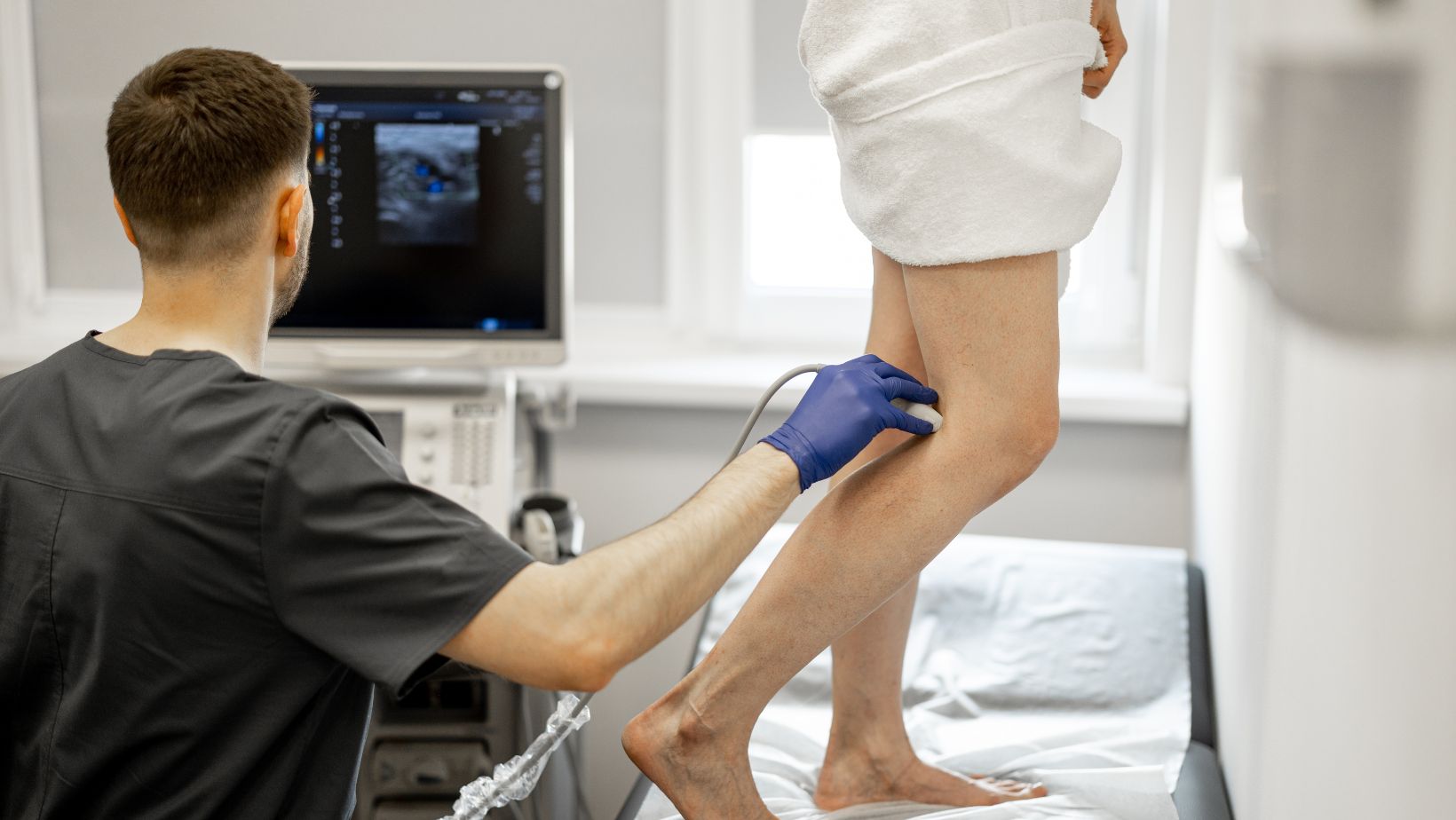
Consuming fiber-rich foods helps maintain healthy blood vessels and minimize the risks of constipation, which puts pressure on the veins in the legs. Another source of nutrition for veins and better circulation is foods rich in antioxidants, like berries and leafy greens.
Regularly Check In with a Vein Specialist
To prevent spider veins, one has to turn to a vein specialist for help. It is also recommended that one visit a doctor often; this way, any sign of a vein problem is spotted early enough. Vein specialists also address patients’ concerns and possible risks associated with particular veins. For people who may develop symptoms of vein issues or issues related to veins like swelling, pains, or visible veins, consulting a doctor early enough will reduce the likelihood of developing conditions like varicose veins.
Conclusion
The management of spider veins is, therefore, a process that should involve robust preventive measures alongside support from factors such as the use of compression stockings and constant checkups from a doctor. Thus, by following some general rules, which include not sitting or standing for long hours, choosing appropriate clothes, and having a proper diet, one can minimize the chances of developing spider veins. As a reminder, you should talk to a vein specialist who will advise you and offer treatments to ensure proper vein health and skin complexion. Follow this expert advice and win over the future of your veins so you can avoid spider veins and have pleasantly smooth skin.



